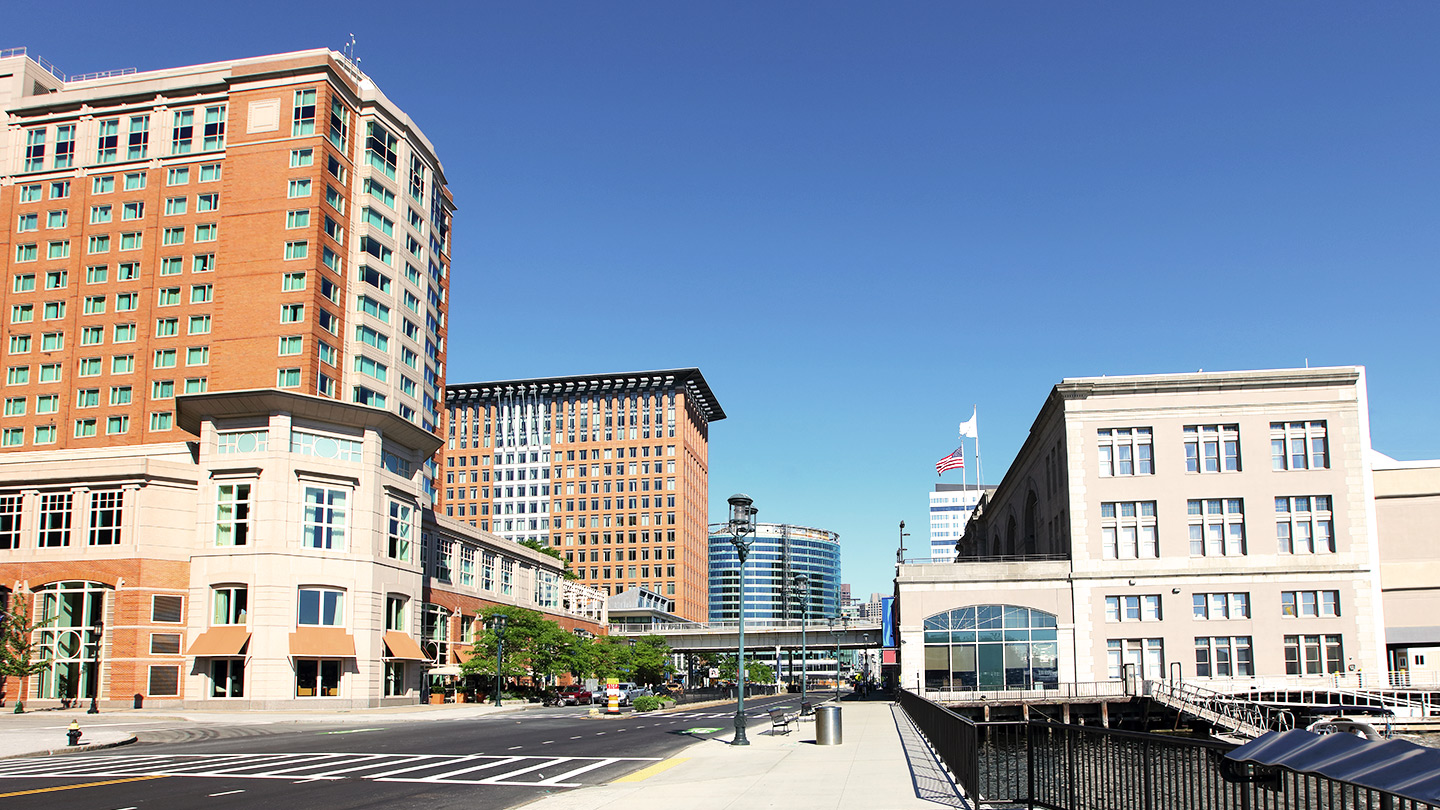
2 min read
Retail is evolving. And not just because of e-commerce. Hybrid work is driving the evolution of brick-and-mortar retail—especially urban retail properties and neighborhood shopping centers. While many retailers in central business districts are adjusting to hybrid work schedules, consumers are still making purchases seven days a week. They’re just shopping in different places—mainly, closer to home.
“Year over year, national level effective rent for neighborhood and community shopping centers is the highest it has been since before the onset of the pandemic in early 2020,” said Tom LaSalvia, Head of Commercial Real Estate Economics at Moody's Analytics CRE. “The vacancy rate has fallen to 10.3% in Q4 2024 from its 10.6% high in early 2020.”
Sales numbers are up, too. According to the Census Advanced Monthly Retail Trade Survey, total sales for December 2024 through February 2025 were up 3.8% from the same period a year ago.
If you want to invest in a successful neighborhood shopping center, here are a few things to keep in mind.
- Look for properties in densely populated residential urban and suburban areas. “Neighborhoods that were traditionally residential now boast an increasing amount of successful retail,” LaSalvia said, citing Williamsburg in Brooklyn, N.Y., as a prime example. But it doesn’t matter where you are in the U.S. Retail centers in densely populated residential areas remain critical to their communities. While there’s a high barrier to entry to these locations, the lack of space for development can make it easier to manage the supply side of the equation.
- Find retailers that provide in-person services and fast-casual dining. Think of the urban and suburban retailers you pass by on your drive or walk to work. “Service-oriented retail continues to be very successful for brick and mortar,” LaSalvia said. For example, neighborhood shopping centers often include a grocery store or pharmacy, plus spaces for smaller retailers, such as veterinarians’ offices and hair and nail salons. Fast-casual restaurants—such as sandwich shops, pizzerias and coffee shops—also performed well.
- Keep your spaces and upgrades generic. To appeal to a wide range of renters both now and in the future, you want as vanilla a retail space as possible. For example, an 800- to 1,000-square-foot space will fit most urban retailers, as will standard upgrades. If renters want specialized changes, consider offering them a few months of free rent as they handle improvements, which can help you maximize your liquidity.
The bottom line
In recent years, service-oriented and necessity-based suburban and urban retailers in densely populated neighborhoods consistently performed well regardless of market conditions.
“The acceleration of hybrid work arrangements has spurred retail’s current evolution,” LaSalvia said. “Retail needs people, and the self-reinforcing cycle of retail and population growth will continue, but not with the types of stores and shops many of us grew up with.”
Urban migration is back to pre-pandemic levels. Discover the factors fueling the resurgence of urban multifamily.
JPMorgan Chase Bank, N.A. Member FDIC. Visit jpmorgan.com/commercial-banking/legal-disclaimer for disclosures and disclaimers related to this content.







